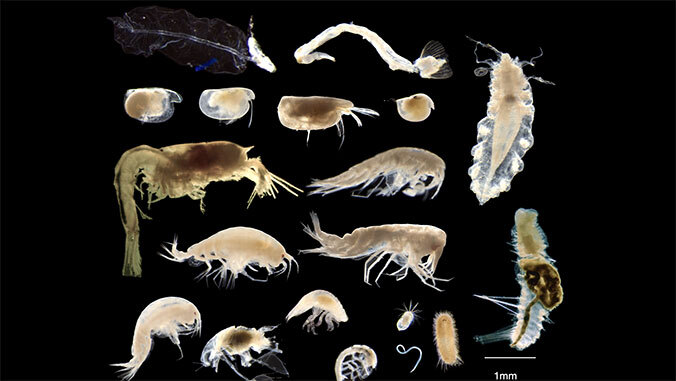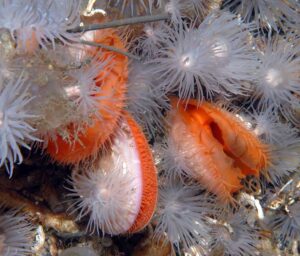Life on the deep-sea floor reflects Earth's changing seasons
New research - conducted by scientists at the University of Hawai’i Manoa and now published in the scientific journal, Limnology and Oceanography - has concluded that deep-sea mining could have significant and unavoidable impacts on biodiversity, regardless of the time of year.
An in-depth study of the dynamic communities inhabiting the deep-sea environment has been published for the first time, revealing that life in the abyssal benthic layer – just a few metres above the sea floor – might be more sensitive to seasonal changes than first thought.
New research – conducted by scientists at the University of Hawai’i Manoa and now published in the scientific journal, Limnology and Oceanography – has concluded that deep-sea mining could have significant and unavoidable impacts on biodiversity, regardless of the time of year.
“Given the remoteness of this environment, we have extraordinarily limited knowledge of the animals that inhabit this zone,” said Gabrielle Ellis, lead author of the study and recent oceanography graduate from the University of Hawai’i Manoa’s School of Ocean and Earth Science and Technology.
“This study represents a significant contribution to our understanding of the benthic boundary layer community, and it starts to unravel temporal dynamics in the abyss.”
Much like the deep-sea ecosystem itself, this community of organisms is reliant on organic material that falls from the surface ocean down to the great depths. Using seawater pumps attached to a structure that descends to the seafloor, the research team collected tiny animals from about ten feet above the seafloor during both spring and fall.
Using both genetic and visual analysis, they discovered that the community of zooplankton – such as snails, bivalves, and barnacles – changes dramatically between seasons, responding to varying levels of food sinking from the surface of the ocean.

“We didn’t expect results to be as stark as they are,” said Ellis. “These animals may be quite sensitive to changes in productivity in surface waters, which ultimately drive these patterns in the abyss.”
The benthic boundary layer is considered to be a crucial and interconnected part of the deep-sea ecosystem, serving as a home for unique animals and a pathway for the larvae of many species before they settle on the seafloor. The research therefore highlights the complex behaviour of animals across their life cycles and – more broadly – the connectedness of the ocean.
“In the event of deep-sea mining, the organisms in this region will be impacted via ambient water removal and the generation of sediment plumes that interfere with feeding, in addition to the removal of nodules, which will effectively remove the settling habitat for larvae, likely leading to further declines in local recruitment,” said Erica Goetze, study co-author and oceanography professor.
“These effects will not be isolated to nodule fields where the mining is occurring, but will also impact a variety of deep-sea habitats through the removal of their dispersing larvae that connect populations of wide-ranging abyssal species,” said Jeffrey Drazen, study co-author and oceanography professor. “Based on our findings, it appears that mining during any particular time period is likely to result in impacts to these organisms.”
Future research aims to conduct repeat sampling over several years to better understand what constitutes normal variability in this ecosystem.
“Our results highlight how much we have to learn about the dynamics of these abyssal ecosystems in order to provide a vital baseline for assessing the impact of both human activity and climate change,” said co-author, Craig R. Smith.


"*" indicates required fields
Printed editions
Current issue
Back issues

Back Issues
Issue 43 Sir David Attenborough’s ‘Ocean’

Back Issues
Issue 41 Holdfast to the canopy
Enjoy so much more from Oceanographic Magazine by becoming a subscriber.
A range of subscription options are available.








